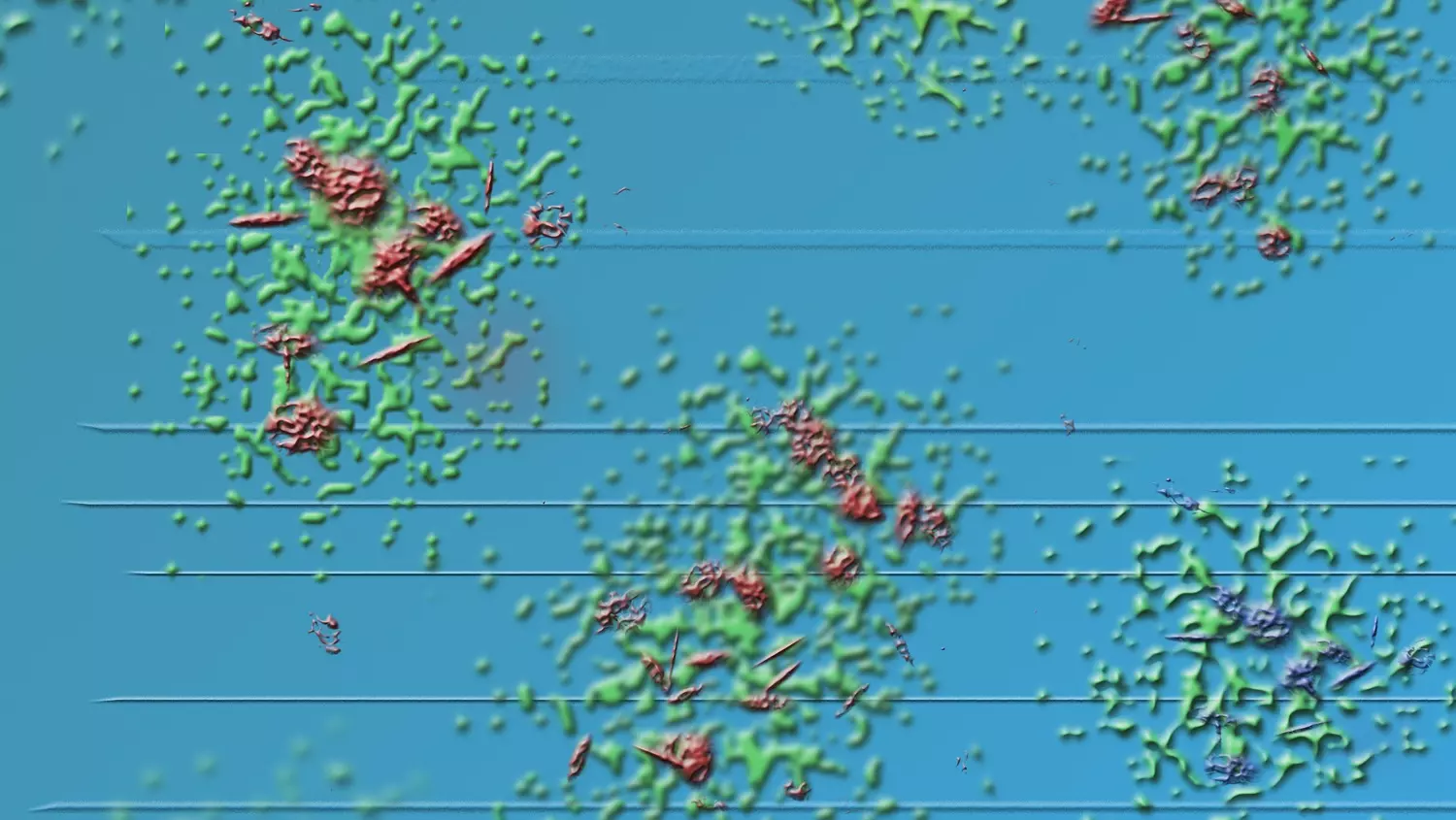[Originally published in 2013 as Want to Lose Weight? Ask Your Bacteria for Help.]
Gastric bypass surgery has been done on many people who are thought to have a medical need to lose weight but cannot do it on their own. The most common technique is called “Roux-en-Y,” and it involves using a small part of the stomach to make a “stomach pouch” that is about the size of an egg. That pouch is then connected to the jejunum, which is the middle section of the small intestine.1 This means the food eaten by the patient bypasses most of stomach and the first section of the small intestine. Studies that have followed patients for 2-12 years show that the surgery does help them lose weight and keep it off.2
While most experts think this kind of gastric bypass surgery works because it forces people to change their eating habits, recent evidence suggests that at least one other factor is involved. As Science News reports:3
Previous studies of people and rats have found that the natural mix of microbes in the intestines changes after gastric bypass, with some groups growing more prominent and others diminishing. No one knew whether the altered microbial composition was merely a side effect of the surgery, or if shifting bacterial populations could help generate weight loss.
Well, a recent study was published that indicates at least some of the weight loss experienced by gastric bypass patients is attributable to the microbes.
Alice P. Liou and her colleagues studied the effects of Roux-en-Y gastric bypass on mice. They overfed mice until they were all overweight. They then performed the mouse equivalent of Roux-en-Y gastric bypass surgery on some of them and a similar surgery that didn’t actually alter the stomach or intestine on the others.
When they compared the mice with the real gastric bypass surgery to the ones with the fake one, they found that the mix of bacteria in the intestines was different. The mice that had undergone the real surgery had higher concentrations of bacteria from the genera Escherichia and Akkermansia. In addition, those that went through the real surgery had lost about 30% of their body weight within three weeks.
Of course, this doesn’t mean the change in bacteria had anything to do with the weight loss, which is why they went a step further.
They then took the bacteria of both sets of mice and transplanted them into the intestines of mice that had been raised in germ-free conditions. The germ-free mice that received bacteria from the mice that had undergone the real operation lost about 5% of their body weight. However, the germ-free mice that received bacteria from the mice that had undergone the fake surgery actually gained a small amount of fat! As the authors state:4
These findings provide the first empirical support for the claim that changes in the gut microbiota contribute to reduced host weight and adiposity after RYGB surgery.
[NOTE: “adiposity” here means “fat content”]
Now, of course, there are a couple of things that have to be said about the study.
First, it was done in mice, not people. Thus, it’s not clear that this translates directly to human beings. However, the mouse model is a pretty good model of the human digestive system, so it stands to reason that it should translate, at least to some extent.
Second, the mice that received the bacterial transplants were raised in germ-free conditions, so the recipients didn’t have any bacteria in their intestines to begin with. As a result, the transplanted bacteria didn’t have to “fight” any established bacteria in the mice intestines. I would think that any kind of bacterial transplant in humans wouldn’t be nearly as effective, since people have well-established intestinal bacteria.
For me, the main thing this study does is emphasize the importance of the mutualistic bacteria in the intestine. As I have said before, mutualism is an amazing feature that seems to have been designed into the natural world. Indeed, I think it is probably a good picture of what the pre-Fall world was like — different species all working together for the common good. The more we learn about mutualism in nature, the more strongly it points to the Designer who put it all together!
References
- Healthy Solutions to Lose Weight and Keep it Off, ed. by Annaswamy Raji and Kathy McManus, Harvard Health Publications 2009, p. 38
- Attiah, Mark, et. al, “Durability of Roux-en-Y Gastric Bypass Surgery: A Meta-Regression Study,” Annals of Surgery 256:251-254, 2012
- Tina Hesman Saey, “Weight loss linked to gut-bug shift,” Science News, May 4, 2013, p. 10
- Alice P. Liou, Melissa Paziuk, Jesus-Mario Luevano Jr., Sriram Machineni, Peter J. Turnbaugh, and Lee M. Kaplan, “Conserved Shifts in the Gut Microbiota Due to Gastric Bypass Reduce Host Weight and Adiposity,” Science Translational Medicine, 2013, doi:10.1126/scitranslmed.3005687






